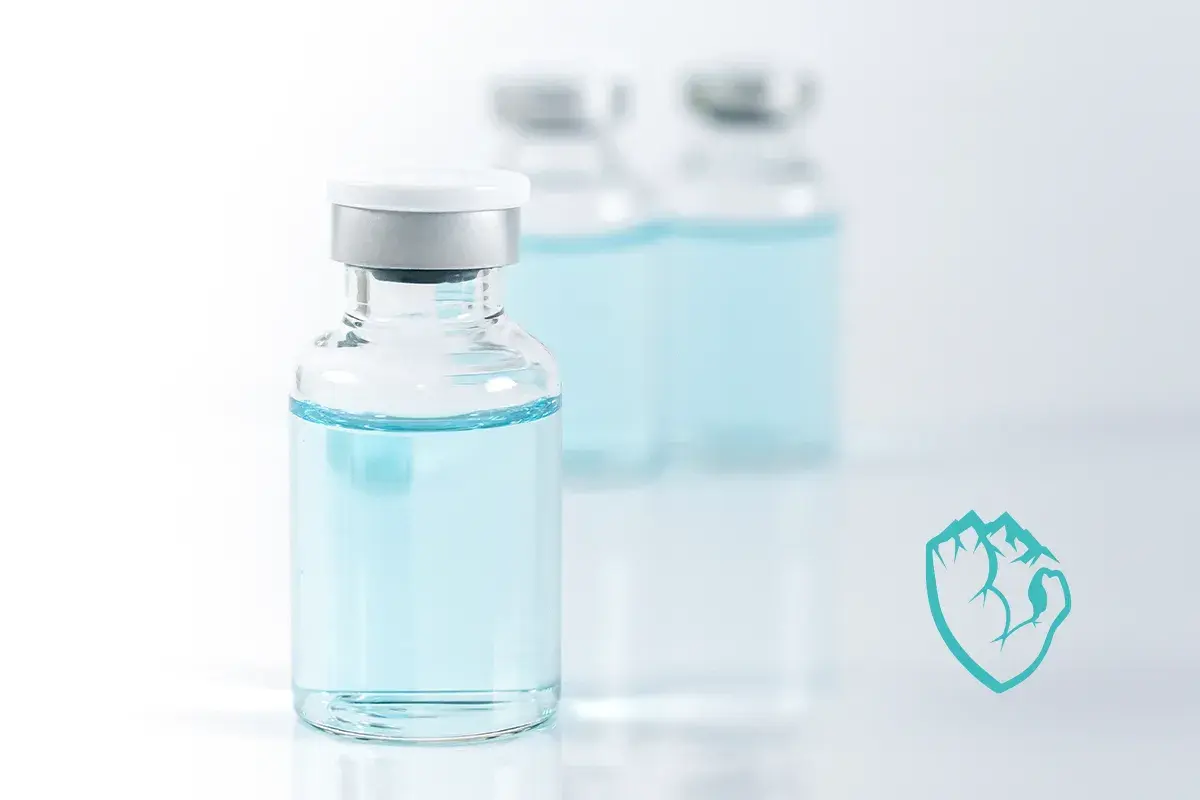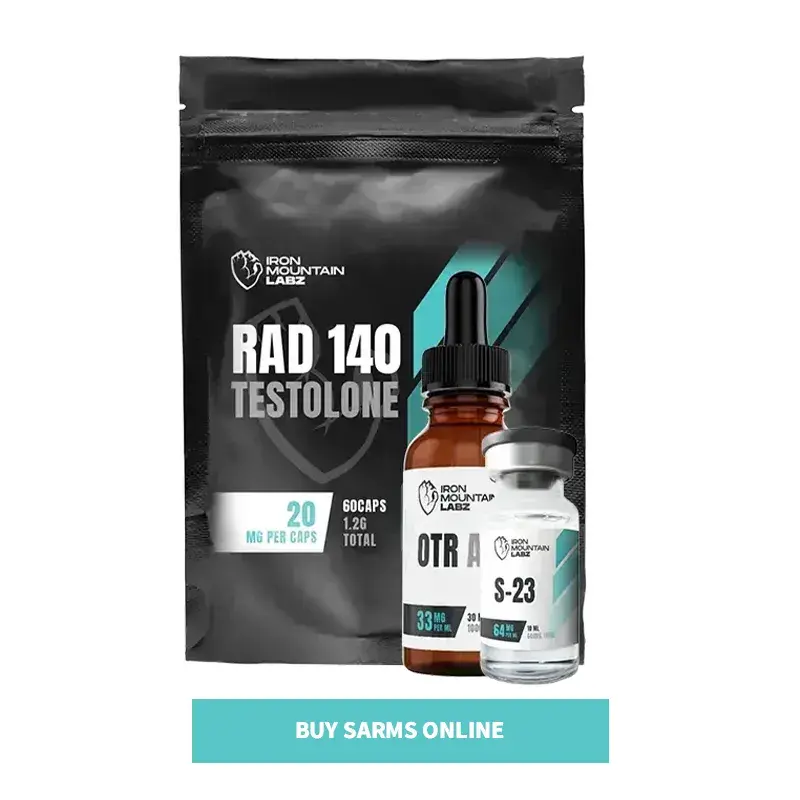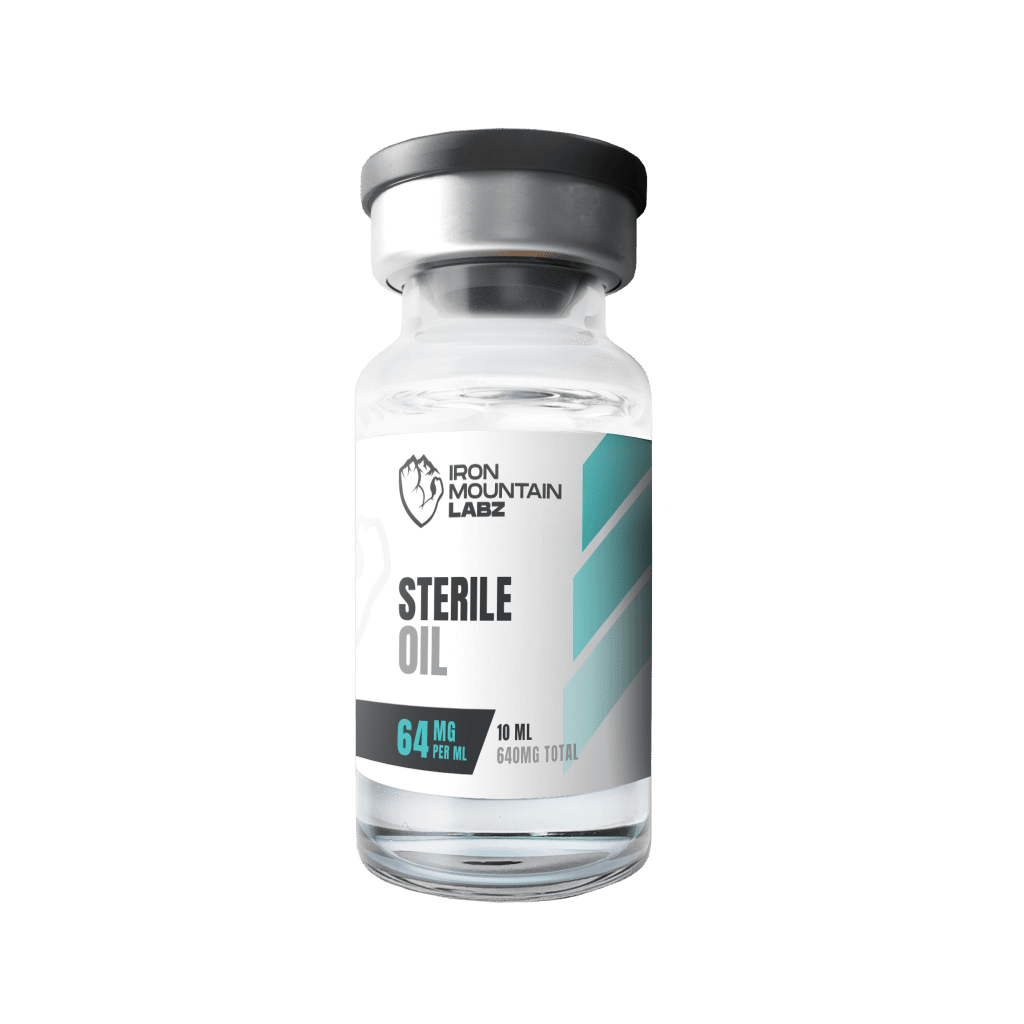
Different compounds can act on the same receptors but produce different results. SARMs and testosterone are two examples examined in research for this reason. SARMs and testosterone have different structures, and they interact with biological systems through distinct mechanisms.
By comparing these compounds, researchers have found out how selectivity and molecular behavior influence study outcomes. So, this blog compares SARMs and testosterone and highlights the key differences that matter in controlled testing environments. But first, let’s figure out what exactly SARMs and Testosterone are.
SARMs (Selective Androgen Receptor Modulators) are synthetic compounds that are being studied for how they work with specific parts of the experimental models. These compounds are built to target certain tissues, like muscles or bones, without affecting other areas in test models. but it’s important to understand how long SARMs stay in your system and whether they expire.
Researchers use SARMs to understand how the test model builds muscle, strengthens bones, and manages energy. These studies show what happens when only one specific type of receptor is activated. If you’re new to SARMs, here’s a complete guide on what SARMs are, including their mechanisms and research applications.
Testosterone is a natural hormone made by the body. In research, it is used to study how the research model builds muscle, keeps bones strong, and controls hormone levels. It works by attaching to androgen receptors that are found in many parts of the research subject.
In an experimental setting, scientists also look at how it changes into other forms inside the test models. Two examples are DHT and estradiol. These changes allow researchers to know how it affects other functions beyond its main role.
The difference in chemical structure and mechanism of action of SARMs and testosterone affects how these compounds bind to androgen receptors in subjects. SARMs interact selectively with receptors found in specific tissues, such as muscle or bone. In contrast, testosterone tends to bind more broadly across multiple tissues.
SARMs may influence gene expression related to tissue development without altering broader hormonal pathways due to their targeted interaction. Testosterone, with its wider activity, can impact a broader range of genetic signals. Another common comparison is between SARMs and anabolic steroids and prohormones, especially regarding side effects and selectivity.
Factors like how SARMs and Testosterone are metabolized and how long they remain active can influence study outcomes. SARMs have better oral bioavailability, and testosterone needs to be delivered through injections.
SARMs are also broken down more simply. They do not easily turn into other hormones, which helps limit side effects in controlled models. In contrast, Testosterone can turn into other hormones like DHT and estradiol. This adds steps to how it works in the body and can help in studies that look at hormone-related effects.
Understanding SARMs compared to other anabolic compounds, like in this detailed breakdown of prohormones vs SARMs helps refine study design and expectations.
In this section, we’ll see how these compounds differ in their benefits.

Let’s compare the side effects of these compounds to get an idea of which compounds best fit your research objectives.
The studied side effects include:
It may cause a broader range of side effects in experimental settings. The reported outcomes in research include:
The legal classification of these compounds varies by region and research context.
SARMs and testosterone are studied to see how they affect muscle, bone, and hormones, but they work in different ways. SARMs target specific tissues, which may limit side effects in test models. Testosterone affects many parts of the subject and can turn into other hormones like DHT and estradiol, which adds more complexity to how it works. SARM is only legal for research use, while testosterone is approved for certain medical conditions with a prescription. If your research involves SARMs, sourcing them from a reputable vendor is key. Here’s a guide to the best place to buy SARMs for research use. You can also browse our full range of SARMs products available for research purposes.
No, SARMs do not directly increase testosterone. In some cases, they may even lower natural levels in subject models due to their receptor activity.
They have been shown to have side effects in lab studies. These may include changes in hormone levels, organ response, or tissue-specific effects.
To figure out which one is a better option depends on your research goal. SARMs are studied for targeted muscle, and testosterone is used for broader muscle and hormonal effects in research settings.
SARMs and testosterone are studied together to compare their effects. These compounds are investigated together to focus on muscle growth, bone density, or hormone regulation.
One interesting comparison among SARMs is RAD 150 vs RAD 140, which looks at how structural changes may influence stability and duration in test models.
Different compounds can act on the same receptors but produce different results. SARMs and testosterone
SARMs vs Steroids Traditional anabolic steroids have long been thought to increase strength and muscle

If you experience injection pain, consider purchasing sterile oil. It helps ease discomfort by thinning the compound, making injections smoother.